Gwangnaru Safety Experience Center (광나루안전체험관)
2025-03-29
238, Neungdong-ro, Gwangjin-gu, Seoul
+82-2-2049-4061
Gwangnaru Safety Experience Center was founded in 1999 after two fire accidents in which many children lost their lives. These tragedies emphasized the necessity of establishing a disaster training center for common citizens.
Gwangnaru Safety Experience Center is a three-story building with one basement floor, covering an area of more than 5,000 m². The basement floor includes a small theater. The first floor is set up for natural disaster training and consists of an orientation hall, storm simulation training room, earthquake simulation room, computer tests on fire safety knowledge and others. The second floor is a place for artificial catastrophe training. It consists of a smoke escape training room, fire extinguisher training room, first-aid (CPR) training room and practice place for calling 119. The third floor is used for rescue training and consists of a rescue training room, screening room, training for professionals and video examples of the five biggest disasters that have occurred in Seoul. Overall there are about 20 training areas established, so citizens can experience the imitation of a disaster by themselves and learn easily and in an interesting way how to cope with a disaster.
Gwanghwamun Plaza (광화문 광장)
2025-03-13
172 Sejong-daero, Jongno-gu, Seoul
+82-2-120
Gwanghwamun Plaza was opened to the public in August 2022 after renovation. Sejong-ro, the main street of Seoul with 600 years of history, has been reborn as a space for historical and cultural experiences by restoring Yukjo Street. Woldae (Elevated Ceremonial Stage) was reconstructed at the entrance of the "Plaza that Recovers the History of Gwanghwamun," and the statue of Haetae, an imaginary animal that judges good and evil, has been restored. In addition, traces of Yukjo Street, the main street of Hanyang in the past, were restored in the ‘Plaza that recreates the scenery of Yukjo Street’ near Sejong-ro Park, with a scale model installed. This is an excellent place for a stroll with beautiful scenery, including Gyeongbokgung Palace and Bugaksan Mountain.
Paradise Spa Dogo (파라다이스 스파 도고)
2024-11-21
176 Dogooncheon-ro, Asan-si, Chungcheongnam-do
+82-41-537-7100
Paradise Spa Dogo, a government-designated hot spring in Korea, is a large resort facility opened by the Paradise Group in Asan, Chungcheongnam-do, an area renowned for its hot springs. It is the first government-designated hot spring in Chungcheong-do, a designation granted after review and approval by the Ministry of the Interior and Safety. Spanning an area of 24,622 square meters, the facility can accommodate up to approx. 5,000 guests. It has a Bade (meaning bathing) pool, which can also be used for hydrotherapy; a large hot spring bath where you can enjoy a sauna and relax in warm sulfur spring water year-round; and various water recreational facilities. In particular, the outdoor event spa, featuring various seasonal themes, is quite popular. In winter, you can enjoy a Siberian ginseng water bath, a ginger water bath, a tangerine peel water bath, and many more. Additionally, unique weekend package programs await you with activities like kimchi-making, persimmon-picking, and ranch experiences in addition to enjoying the hot spring.
Cheonggyecheon Stream (청계천)
2024-05-16
Changsin-dong, Jongno-gu, Seoul
+82-2-2290-7111
Cheonggye Plaza was built on Sejong-ro Street, where Cheonggyecheon Stream begins. It was built between Dong-A Ilbo, the starting point of the Cheonggyecheon Stream restoration, and Sindap Railroad Bridge, with a length of 160 meters, a x_width of 50 meters, and a total area of 6,962 meters squared. The plaza is decorated with fountains, waterfalls, and walking paths. It was created as a place for meetings, harmony, peace, and unification, to celebrate the significance of the restoration of Cheonggyecheon Stream. A miniaturized version of Cheonggyecheon Stream is displayed here, providing an overview of the restored stream. There are also interpretive panels about the 22 bridges that cross Cheonggyecheon stream. Fountains of various shapes create beautiful scenery. Cheonggyecheon Stream is accessible from the square through stairs on the left and Cheonggye Trail on the right. There is also an 18-meter tunnel on the Cheonggye Trail, providing a unique experience for citizens entering Cheonggyecheon Stream from the plaza. After constructing Cheonggyecheon Plaza, the Seoul Metropolitan Government made it a car-free street on public holidays so that the plaza, waterside area, and streets could be used as cultural spaces for citizens to relax. A spectacular sight is created by three-color lights illuminating the fountains and a two-tiered waterfall coming down from a x_height of four meters. Palseokdam, made of eight stones from eight provinces in Korea, was laid along the waterfall's sides.
Gugokpokpo Falls (구곡폭포)
2021-04-28
254, Gangchongugok-gil, Namsan-myeon, Chuncheon-si, Gangwon-do
+82-33-261-0088
Located at the foot of Bonghwasan Mountain in Chuncheon, Gugok Falls with a x_height of 50 m is one of the representative tourist destinations in the Gangchon area. It was named “Gugok” because the falls twist (gok) and turn nine (gu) different times before dropping down, and is also called “Guguripokpo.” Gugok Falls flowing down from a huge stone wall create fantastic scenery. Many tourists visit the falls every year to enjoy cool, refreshing water to overcome the heat wave in summer and to admire a majestic view of the giant ice wall in winter. The road from the ticket booth to the falls is gentle and requires about 20 min walk. It is an easy walking path surrounded by woods and the valley. Visitors can also try to find the nine wooden panels inspired by the spirit of Gugok and designed with Hangeul alphabet “ㄲ” letters (such as 꿈, 끼, 꾀, 깡, etc.). If you go up for about 40 min along the Kkalttak Pass, which is on the right side of the Gugok Falls entrance, you will find Munbae Village, nestled in a basin. The village restaurants are known for local dishes, such as wild vegetable bibimbap and folk liquor. Visitors can also stay overnight at the National Leisure Campground built in the Gukgok Falls Tourist Area.
Paldangho Lake (팔당호)
2021-05-25
Namjong-myeon, Gwangju-si, Gyeonggi-do
+82-31-760-2000
Paldangho, a man-made lake, lies beside the townships of Toechon-myeon and Namjong-myeon in Gwangju-si, Gyeonggi-do. Completed in 1973, this reservoir stores approximately 250 million tons of water, which is supplied to the Seoul and Gyeonggi regions. It is also one of Gwangju's tourist attractions, offering an inspiring view and a scenic lakeside drive. Don’t miss a stop at the Paldang Observatory for a breathtaking view of Paldangho Lake.
Jangheung Jeongnamjin (정남진(장흥))
2021-09-04
Gwansan-eup, Jangheung-gun, Jeollanam-do
+82-61-860-5772
Jangheung-gun’s Jeongnamjin is the warmest place on the Korean mainland. The region has a diverse natural environment including stunning views of mountains, fields, the ocean, lakes, rivers and streams. It also has several cultural and tourist sites such as Cheongwansan Mountain, Bangchon Cultural Village, and Borimsa Temple, one of the three Borimsa Temples in Asia.
The Jeongnamjin district has a wide variety of tourist attractions nearby such as the Samsan Embankment; a provincial park on Cheongwansan Mountain; a literature park; and Sodeungseom Island, a famous sunset attraction often used as a filming location and festival grounds. A number of festivals are held around the area to promote the region's diverse produce and beauty.
Saemangeum (새만금)
2024-10-17
6 Saemangeum-ro, Byeonsan-myeon, Buan-gun, Jeonbuk-do
+82-63-584-6822
Saemangeum is an area created by the reclamation project to build a sea wall connecting Gunsan and Buan. After 20 years of construction, the Saemangeum Seawall was completed in 2010. Stunning sunsets can be seen from the dike, and various facilities such as campgrounds and the Saemangeum Project Office are well prepared for visitors experience. It is also known as a filming location for BTS's music videos.
Orijangnim Forest in Jacheon-ri, Yeongcheon (영천 자천리 오리장림)
2021-06-11
1421-1, Jacheon-ri, Yeongcheon-si, Gyeongsangbuk-do
+82-54-330-6584
Orijangnim Forest is approximately 2 kilometers long, the same length as the Korean measurement of five ri (O-ri). It is also called Jacheon Forest due to its location near Jacheon-ri. The forest was split into two parts after a national roadway was built through the forest. Later, much of the forest was lost due to additional building construction, road expansion, and typhoon. Only some areas in front of Jacheon Village retain the old ambience.
Orijangnim Forest was established to block the strong winds from entering the village, as well as provide bank protection and flood prevention. It is comprised of 280 trees from 12 different species including oriental oaks.
Andong School of Korean Etiquette (안동예절학교)
2023-04-07
1333-5, Toegye-ro, Andong-si, Gyeongsangbuk-do
+82-54-841-0511
Andong School of Korean Etiquette, which is located in Andong, is a mecca of Korea's Confucian customs and provides an opportunity to experience traditional Korean etiquette.
In addition to Korean traditional etiquette, Andong School of Korean Etiquette also teaches tea etiquette and traditional Korean music using instruments such as janggu and gayageum. Students can also experience the joy of learning how to play folk games such as yunnori and kite-flying. The school offers a wide variety of hands-on programs related to Korea's traditions and customs such as mask dance, paper craft, cooking, wedding, and eco-rafting on Nakdonggang River.
There are other popular tourist attractions nearby such as Dosanseowon Confucian Academy, Forest Science Museum and Yi Yuk-sa Literary Hall.
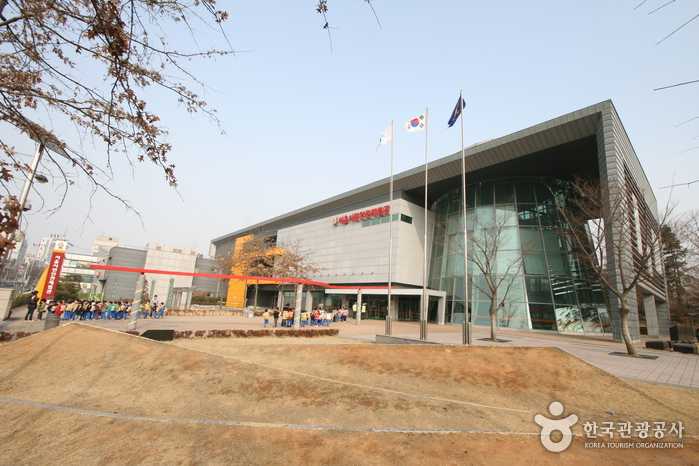
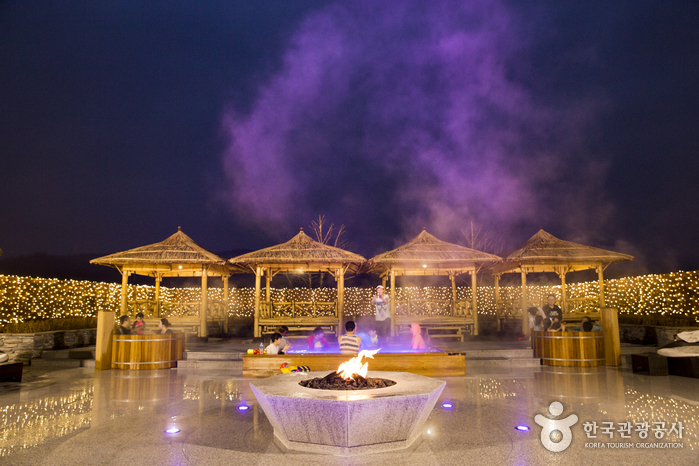
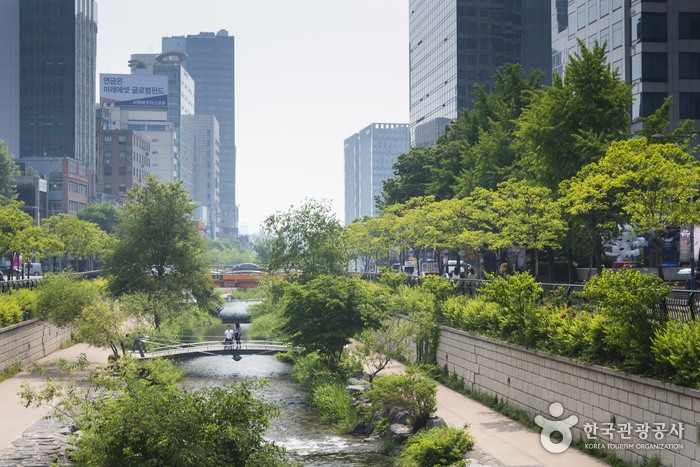
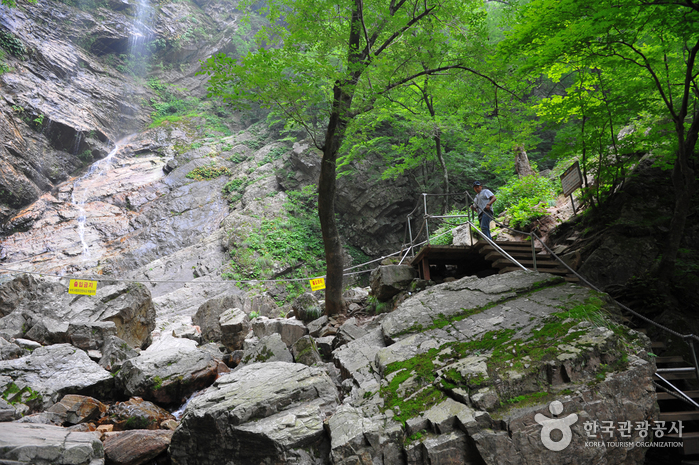
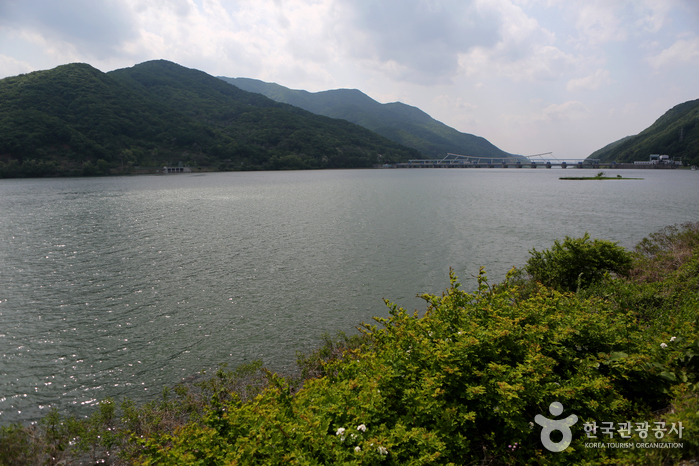
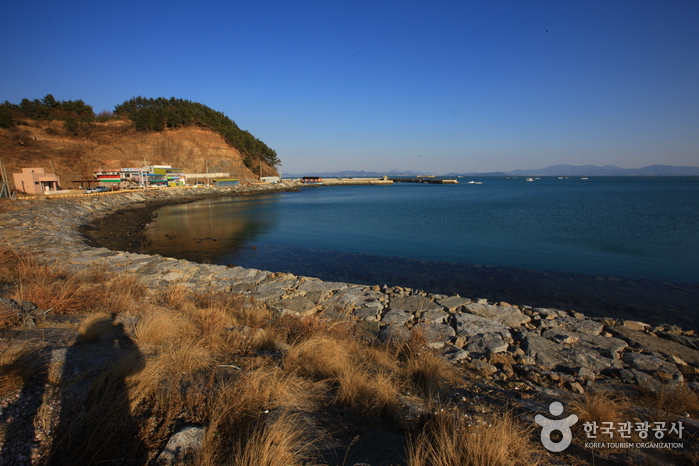
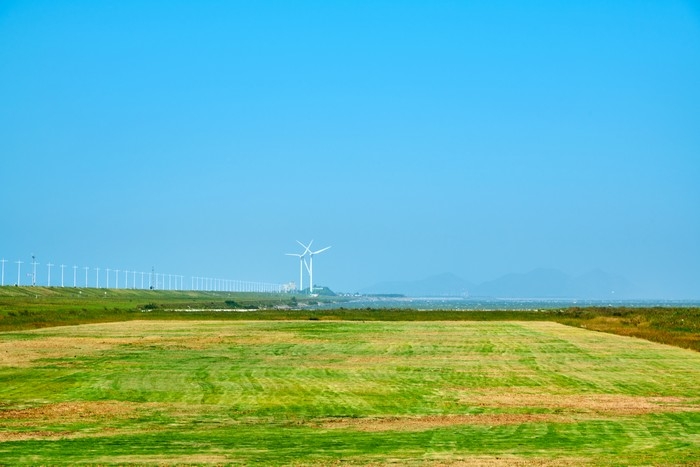

 English
English
 한국어
한국어 日本語
日本語 中文(简体)
中文(简体) Deutsch
Deutsch Français
Français Español
Español Русский
Русский